In contemporary architecture and interior design, grid ceilings, dropped ceilings, T-bar ceilings, and suspended ceilings are commonplace. These are all types of false ceilings, specially designed to add a sense of modernity and provide an opportunity to customize spaces with unique shapes and lighting. False ceilings are often used to achieve particular aesthetic and functional goals, but they also come with certain advantages and disadvantages.
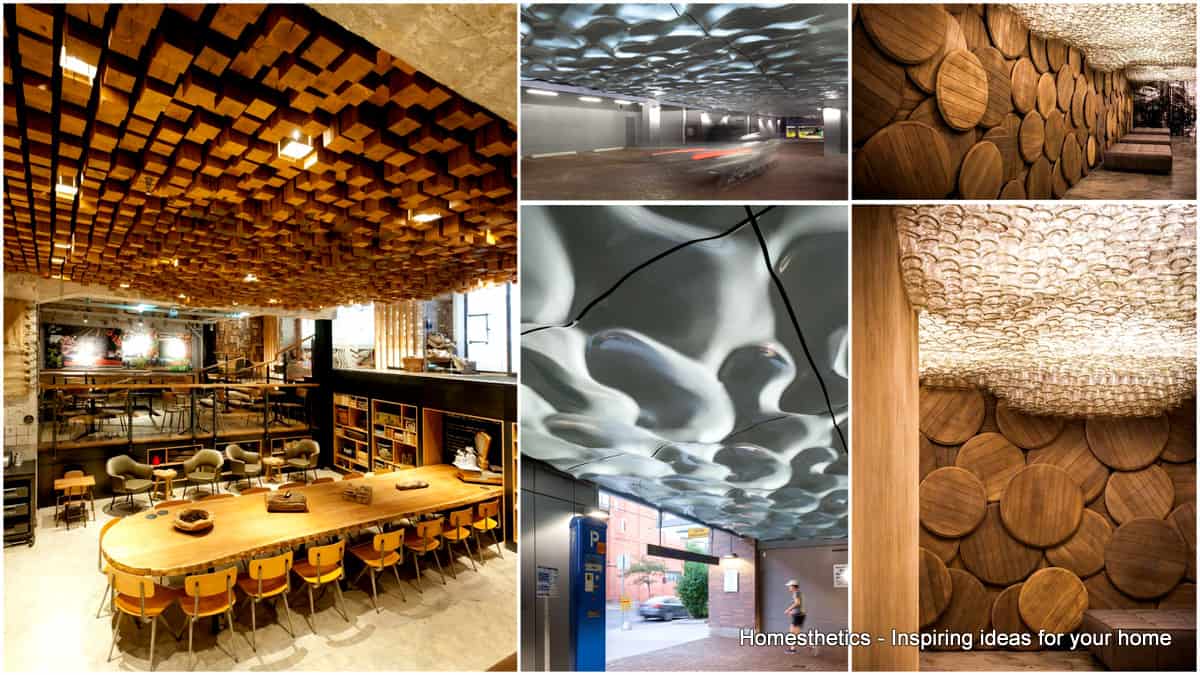
What is a False Ceiling?
A false ceiling, also known as a secondary or suspended ceiling, is a supplementary architectural layer installed beneath the existing structural ceiling, typically supported by a metal grid framework. This versatile design element serves multiple functions, including concealing utilities such as ductwork, piping, and electrical wiring. Moreover, false ceilings contribute to enhanced room acoustics, thermal insulation, and overall aesthetic appeal.
Pros of False Ceilings
- Easy to install with the proper tools, offering numerous online resources for DIY enthusiasts, though professional consultation is advised.
- Effective for hiding ductwork, pipes, and electrical wires, creating a clean, clutter-free appearance.
- Easily replaceable and repairable in case of damage.
- Enhances noise reduction and plays a key role in sound absorption and acoustics being one of the most commonly used soundproofing materials.
- Offers a cost-effective and less disruptive repair process compared to traditional ceilings.
- Traps a layer of air, reducing heat during summer and cold during winter, potentially lowering energy bills.
Considering a false ceiling design does not require a continuous layout from wall to wall. Reflect on what lies above the existing ceiling and the potential benefits of adding a full false ceiling for acoustic insulation.
Cons of False Ceilings
- Reduces room height since it hangs below the existing ceiling, which can be a potential issue in certain settings, such as historical buildings.
- Lacks the solidity and sturdiness of traditional ceilings, potentially becoming unstable during natural disasters like earthquakes, impacting fixed elements like lights, speakers, and sprinklers.
- In vast areas, false ceilings can be challenging to maintain, as they might attract pests seeking refuge in the concealed space.
As you evaluate false ceiling designs, consider these pros and cons and how they impact your specific interior space.
False Ceiling Design Ideas
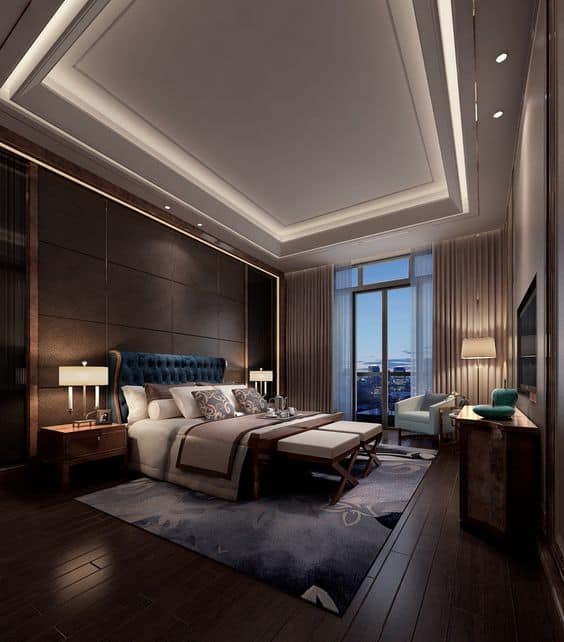
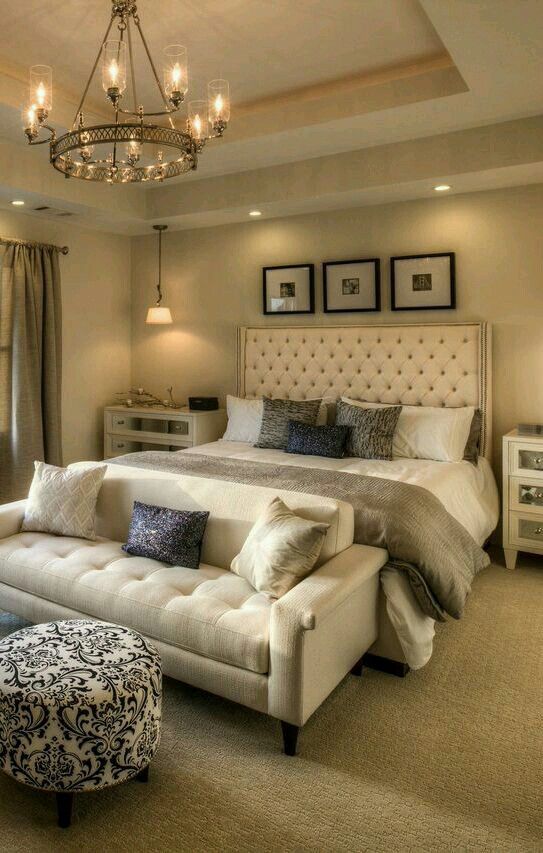
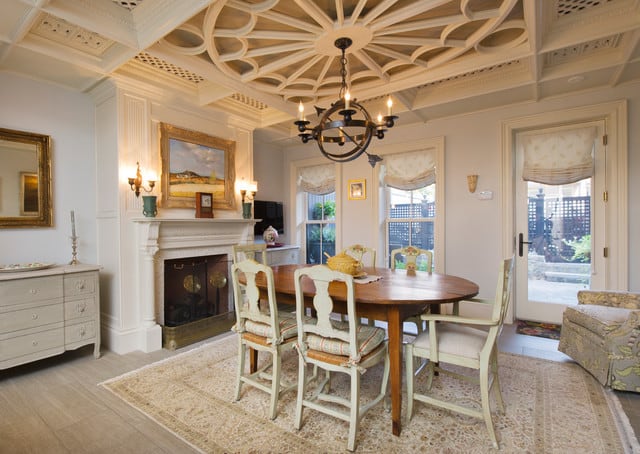
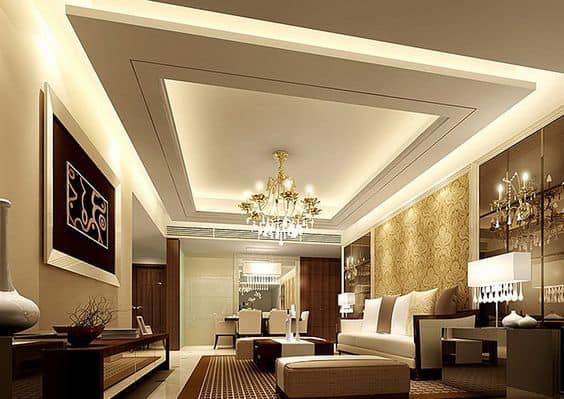
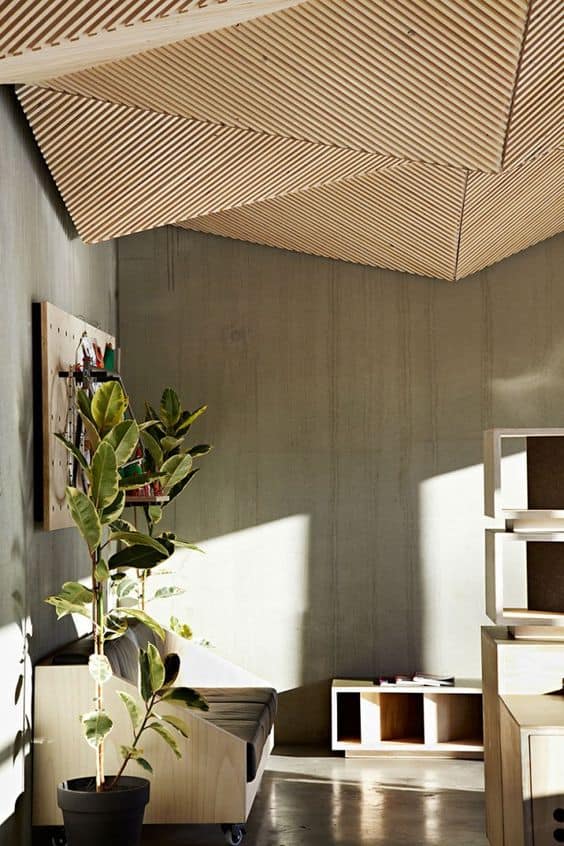
Spectacular geometric play of texture and shape animating a modern interior that uses exposed concrete.

The light here is used to boost the lush extraordinary space yet the direction expressed in the ceiling emphasizes the expansive views captured through immense floor-to-ceiling windows.

Detail here comes in the form of geometric play in both furniture and ceiling finish thus creating balance.
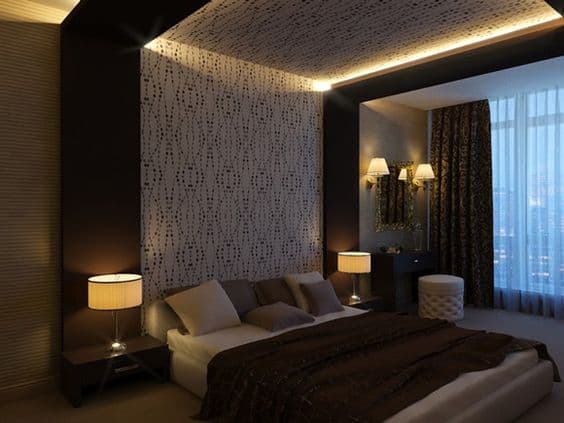
You can use light to accentuate a pattern or material of choice.
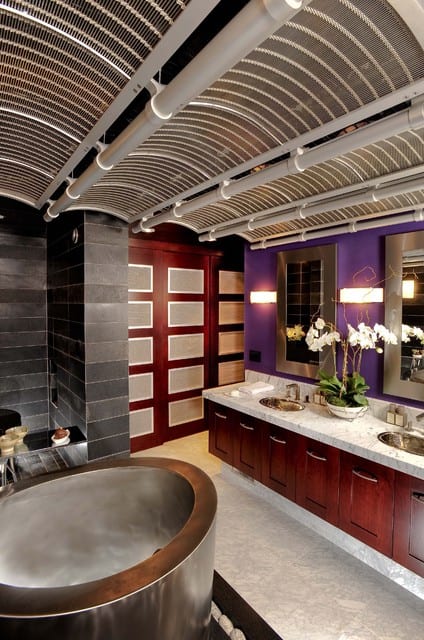

Sculptural organicity contrasts the rigid black-and-white composition on the floor.
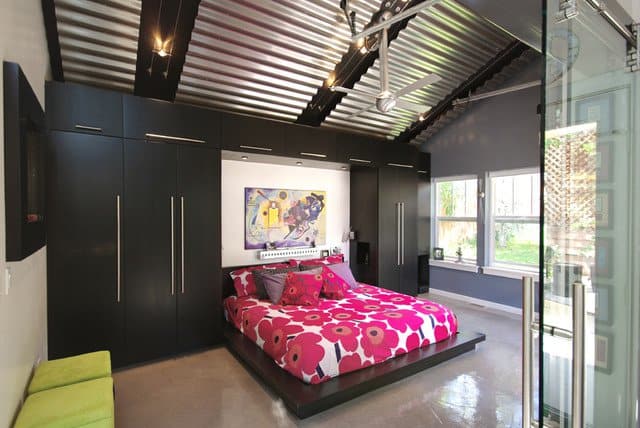
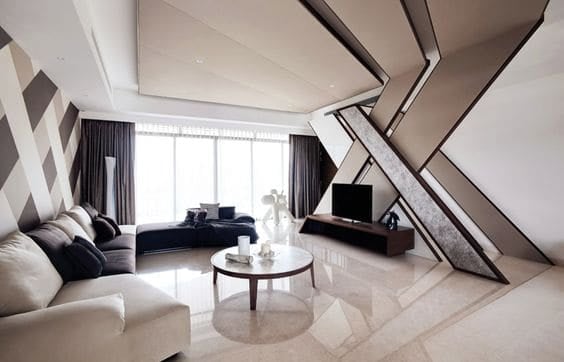
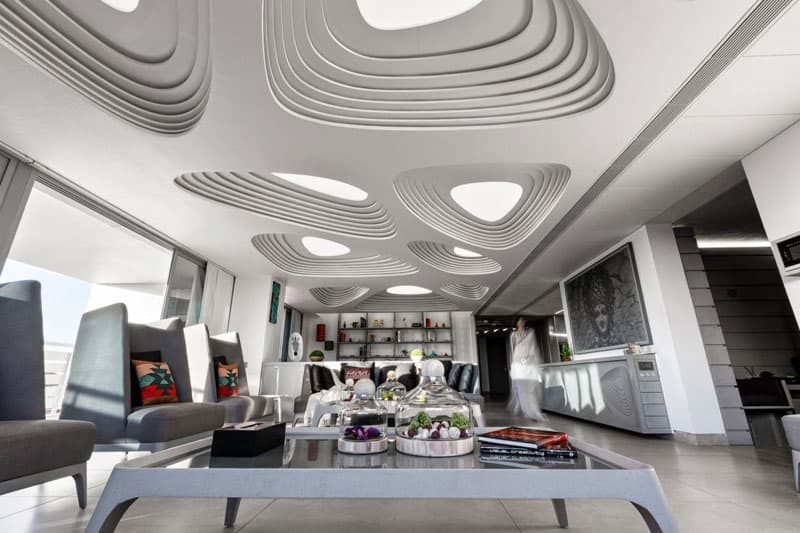
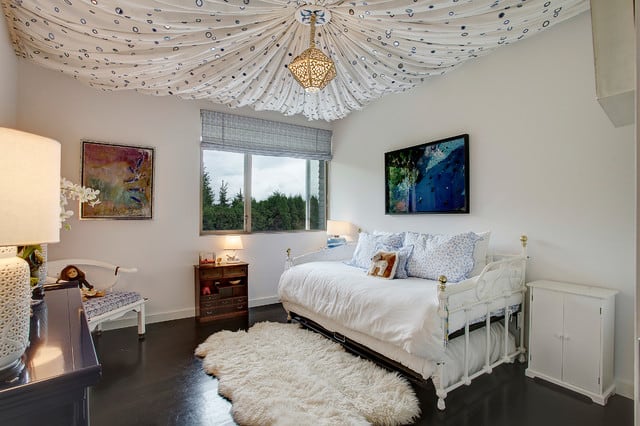
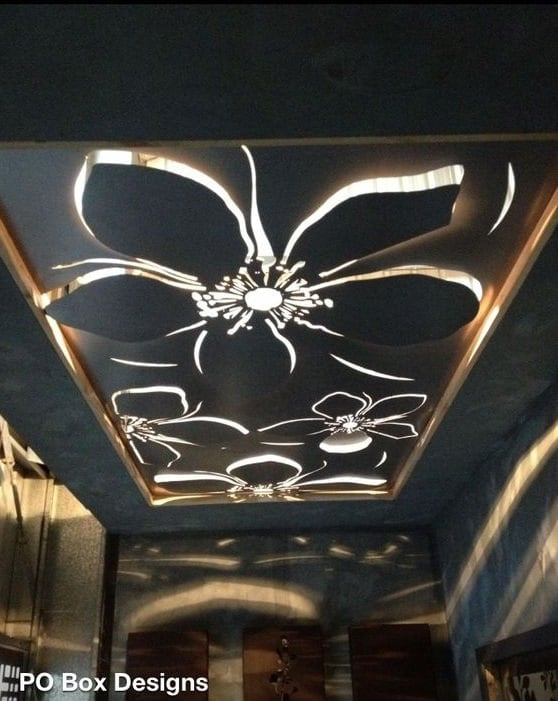
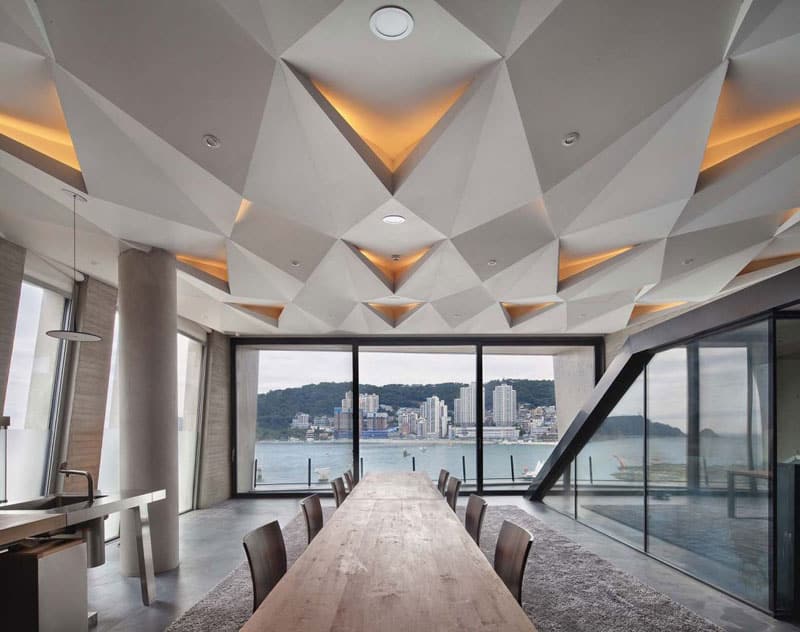

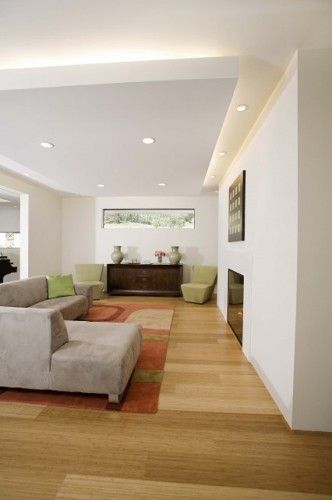

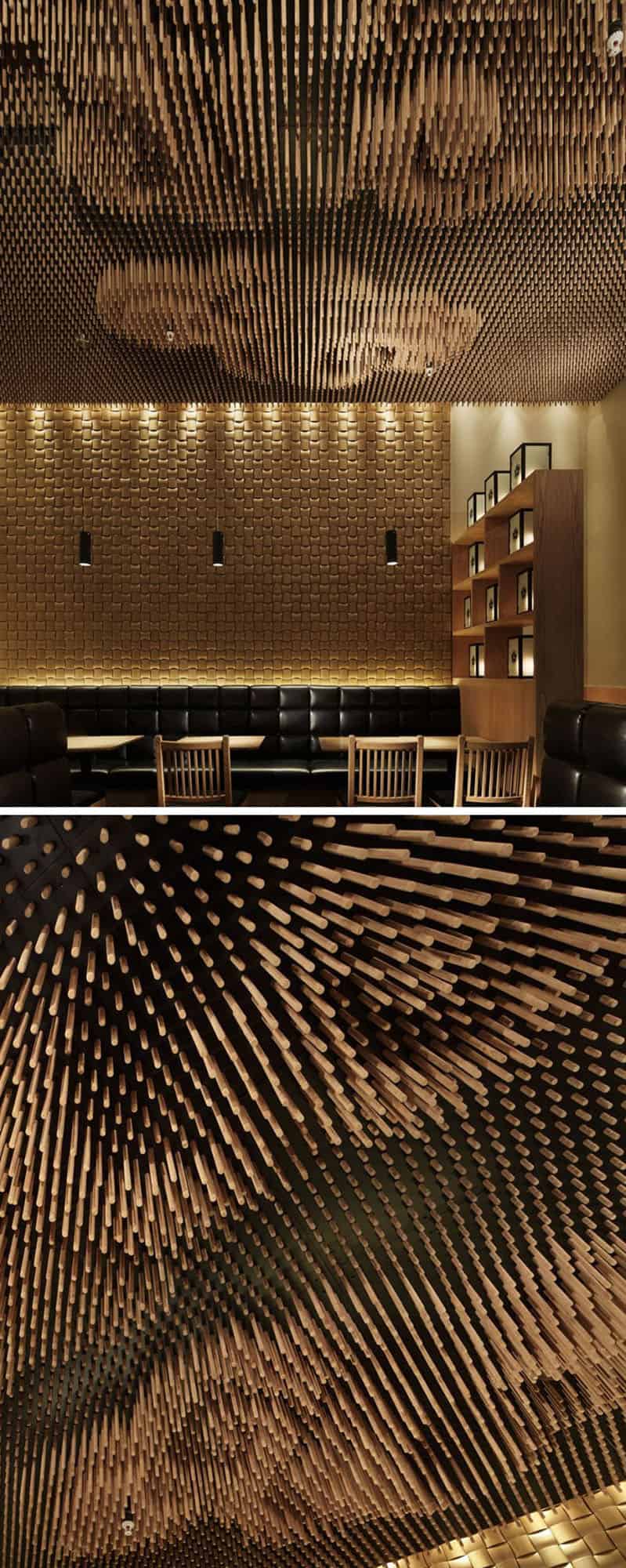
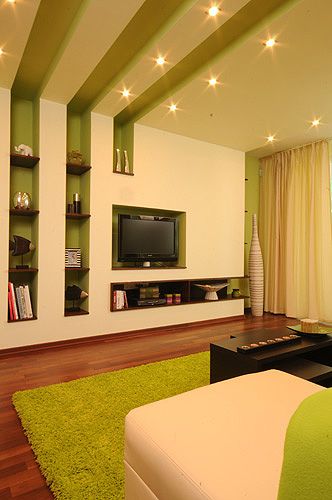
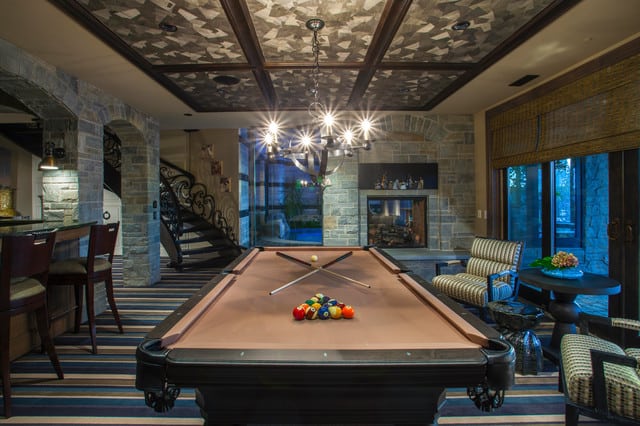
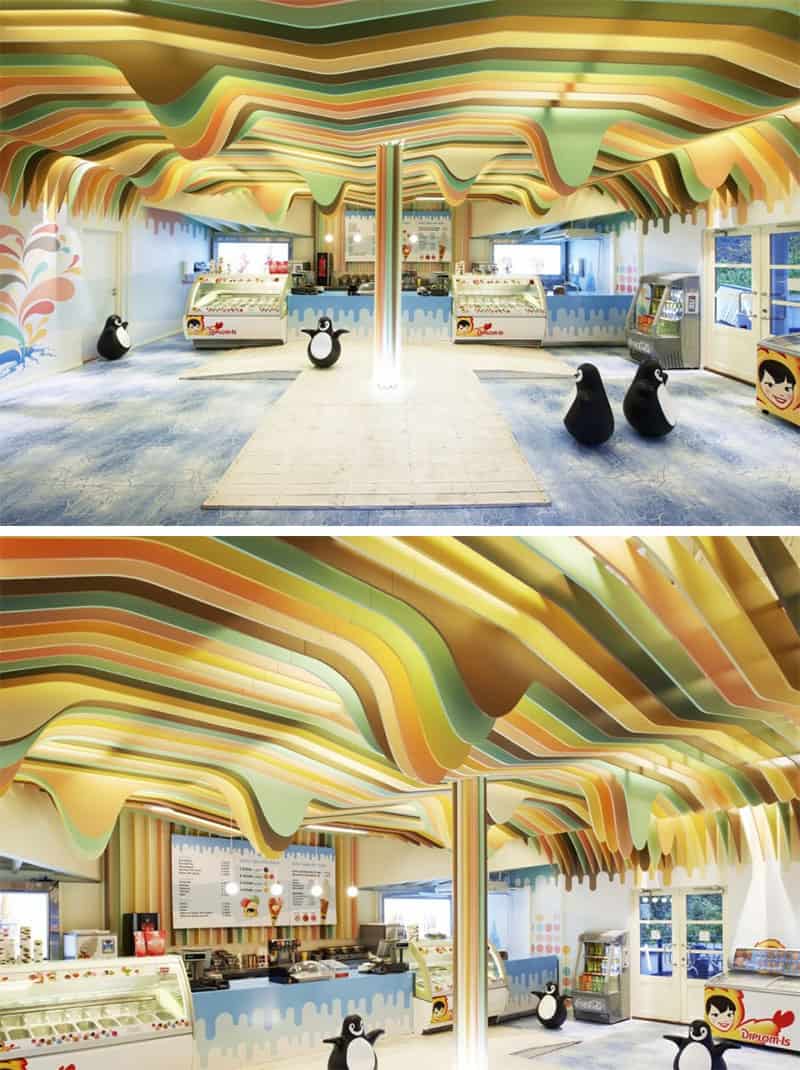
Photography by Gatis Rozenfelds
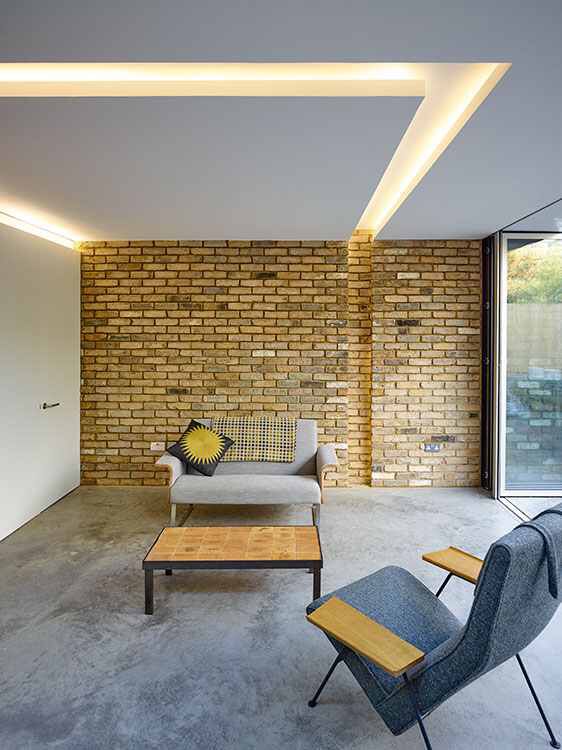
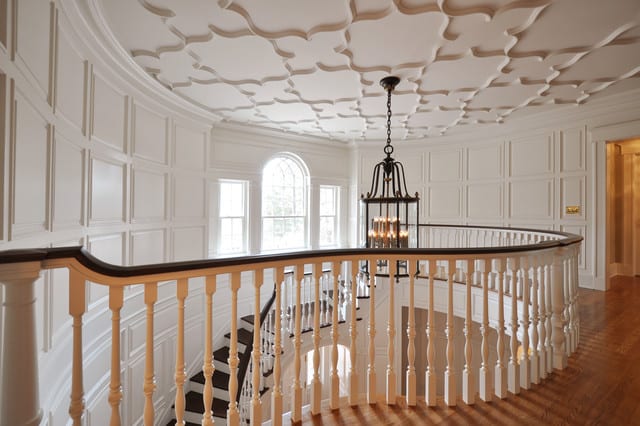

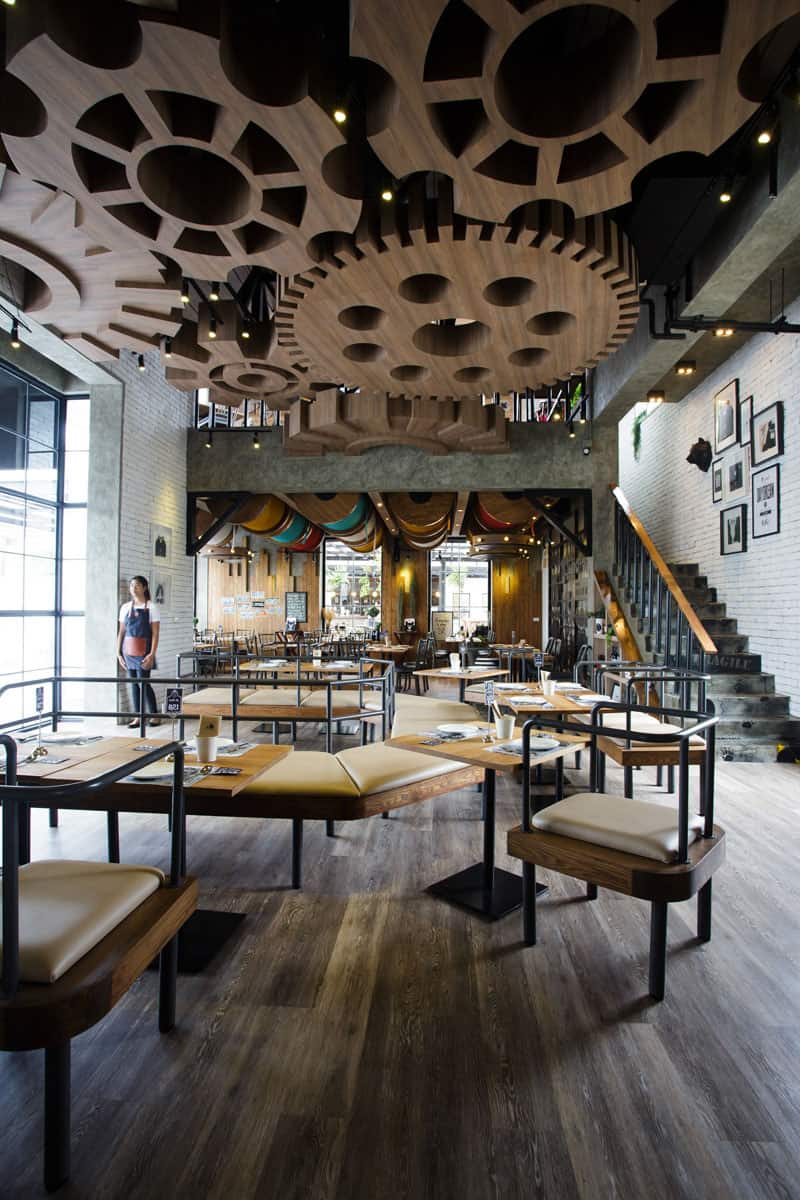
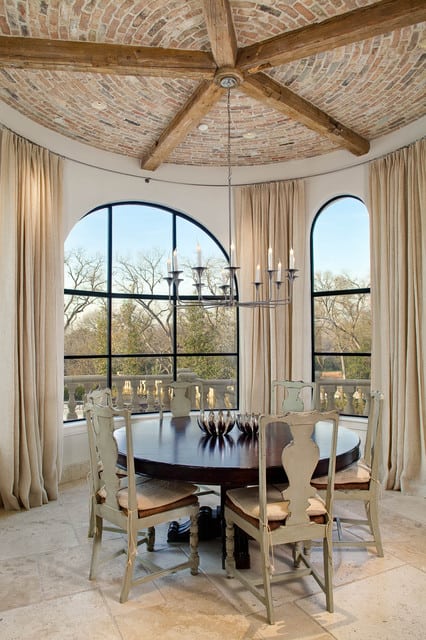
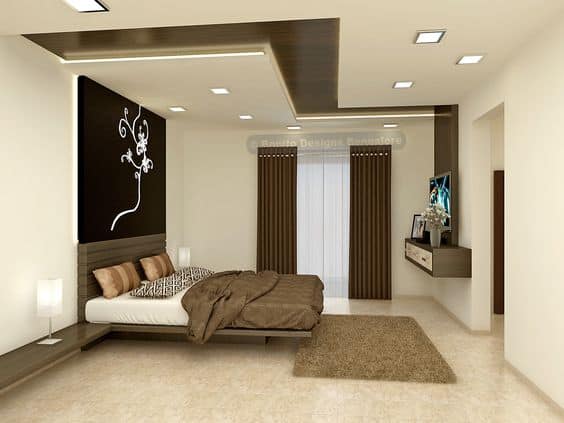
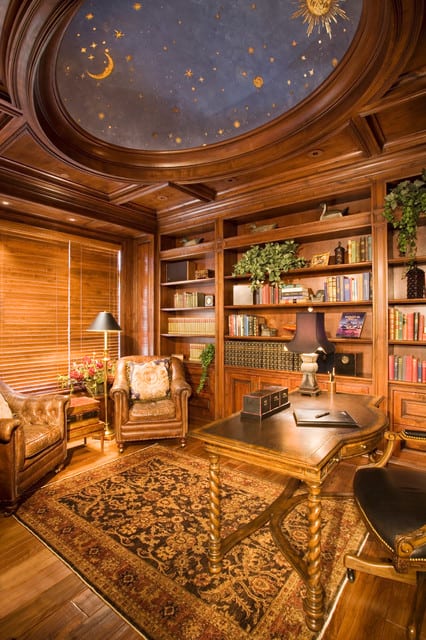
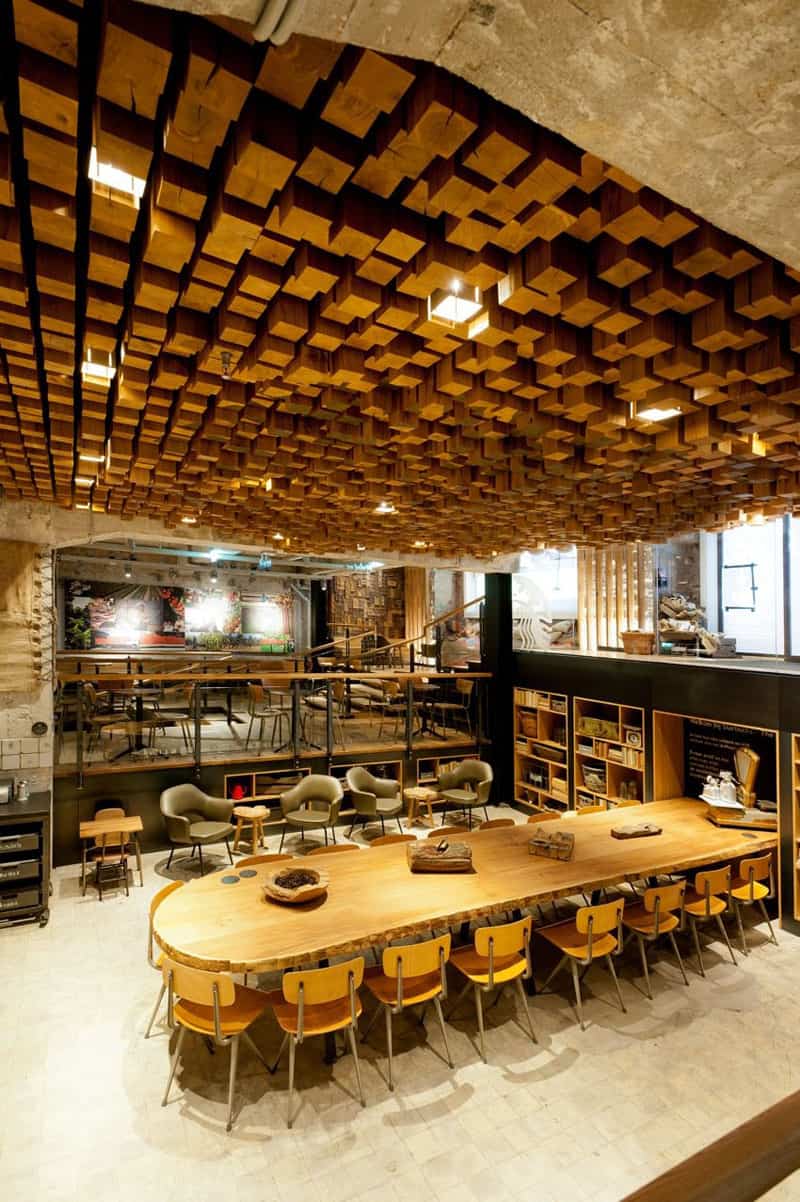
Photos by Rien Meulman.
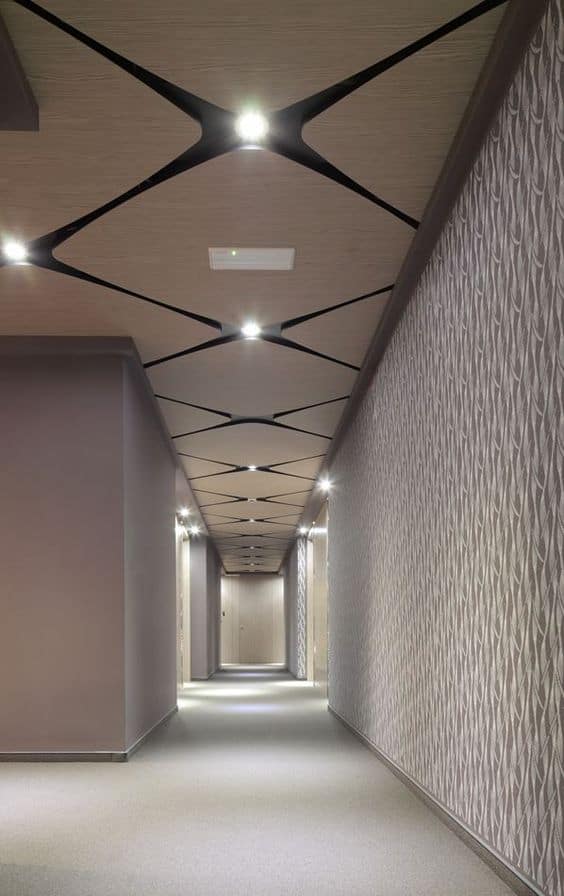
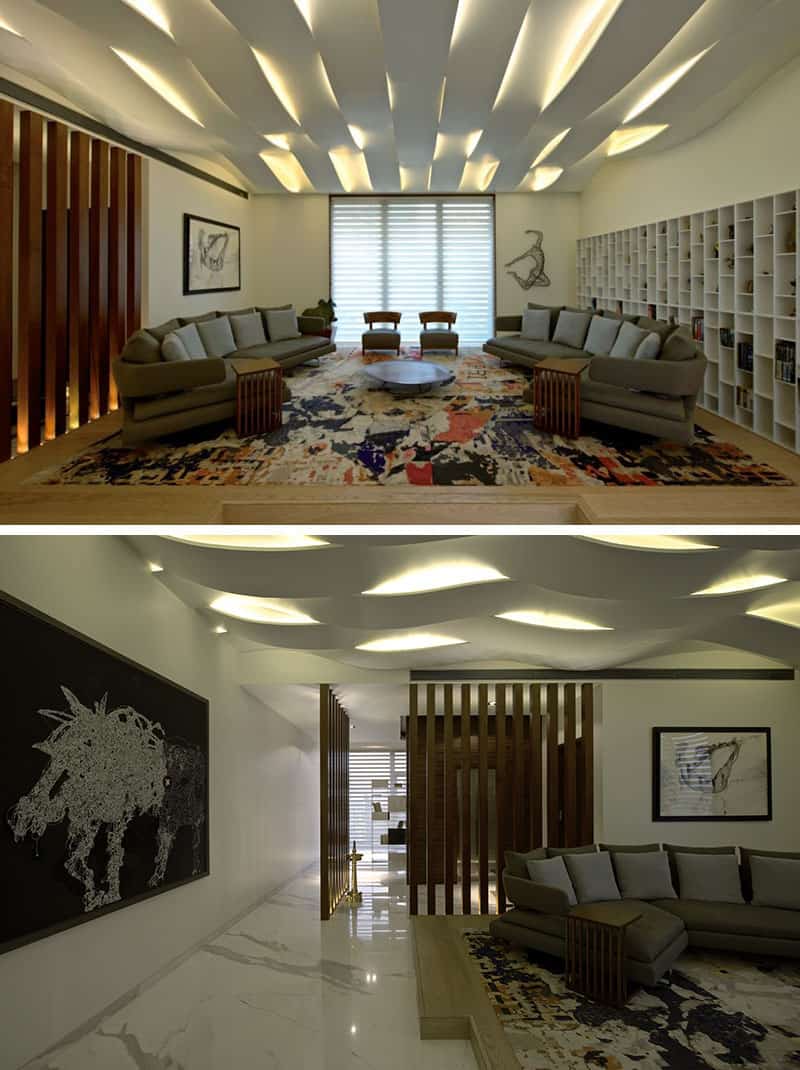
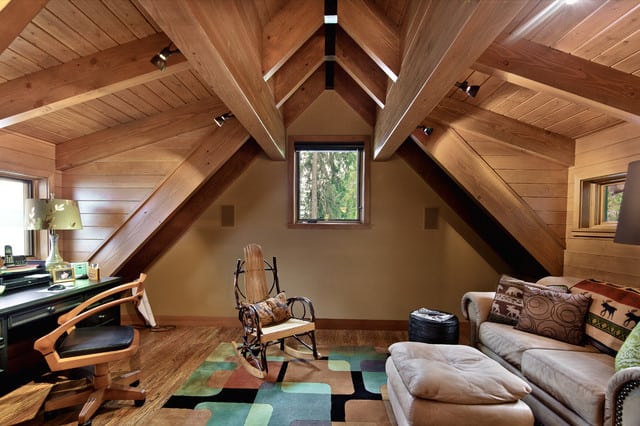
Image via Taylor Grant Photography
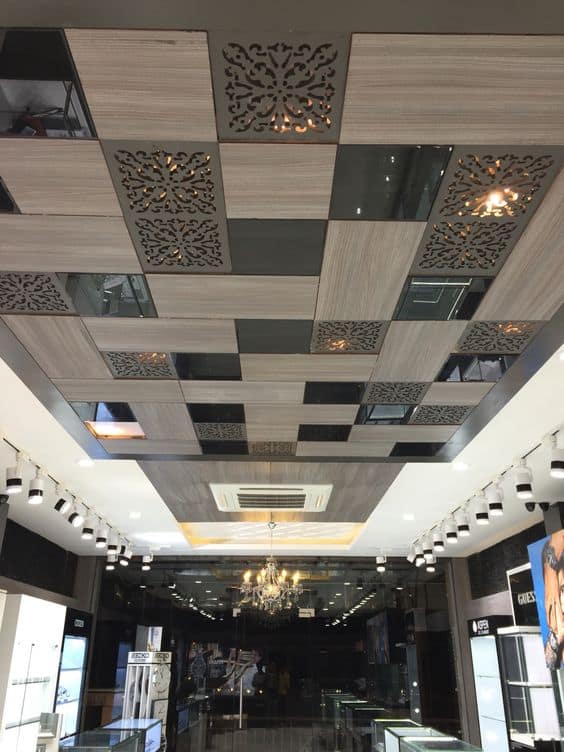
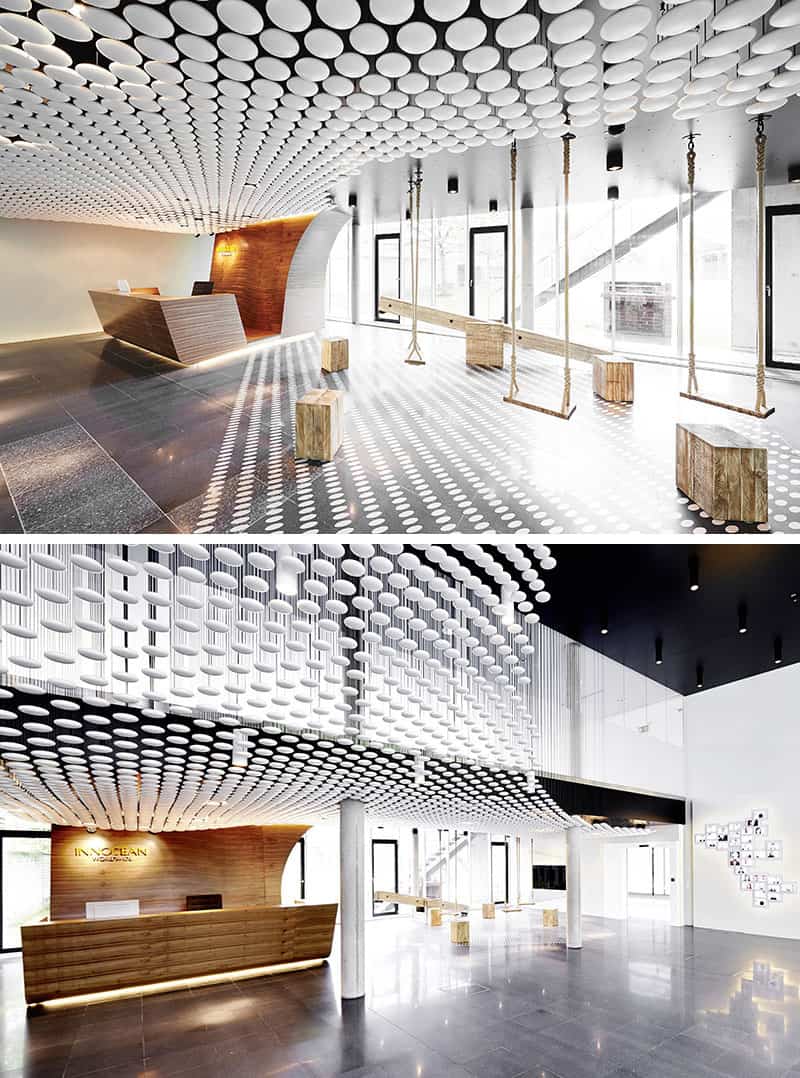
Photography by Robert Hoernig

Image via Marion Brenner


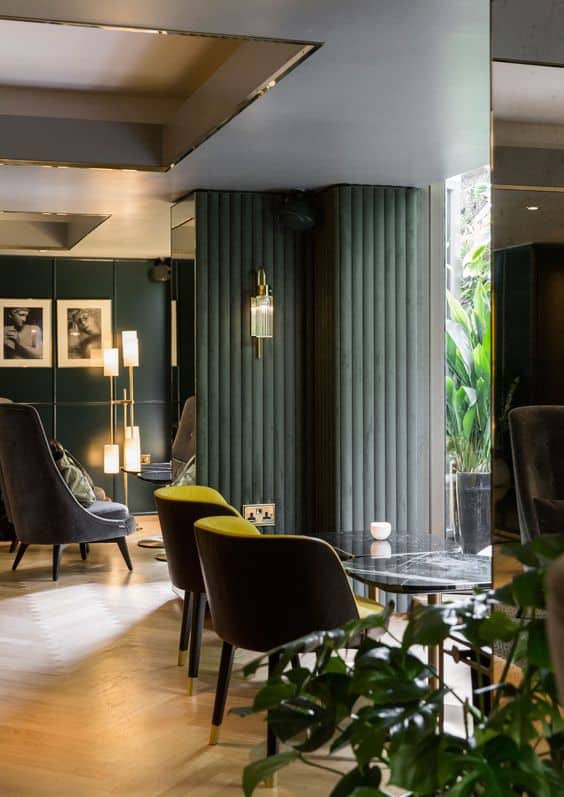
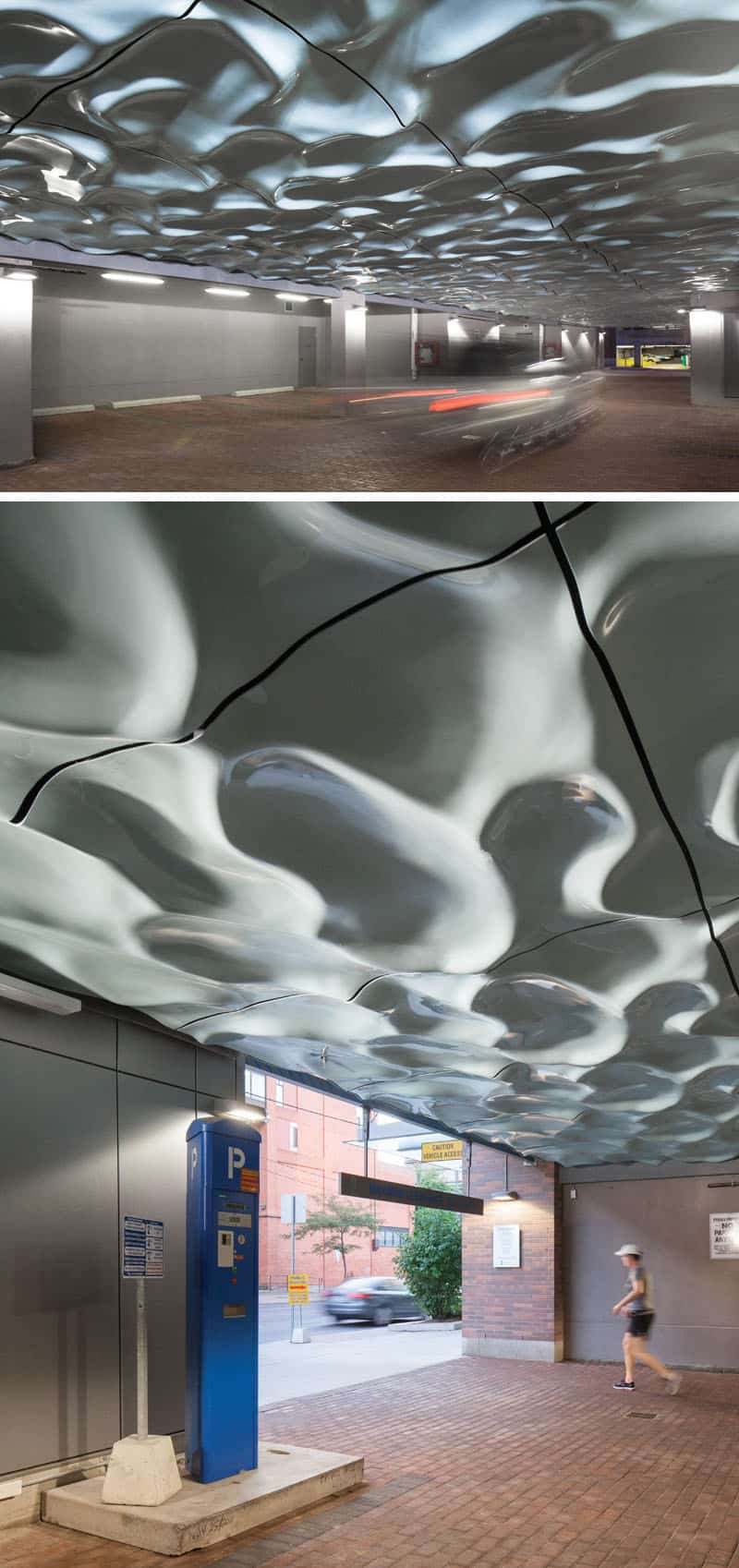
Photography by Ben Rahn/A-Frame
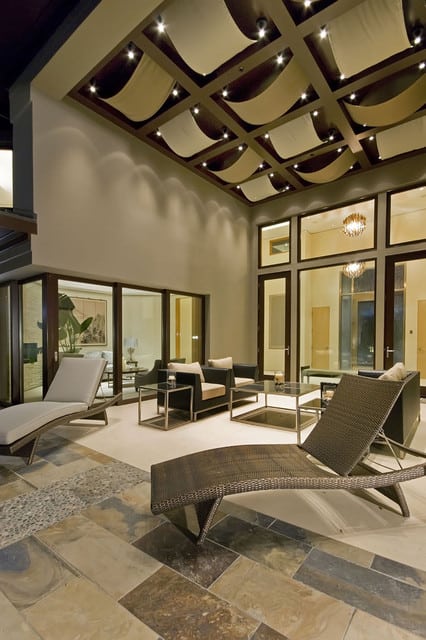
Image via Mark Pinkerton VI360 Photography


Photography by Michael Weber
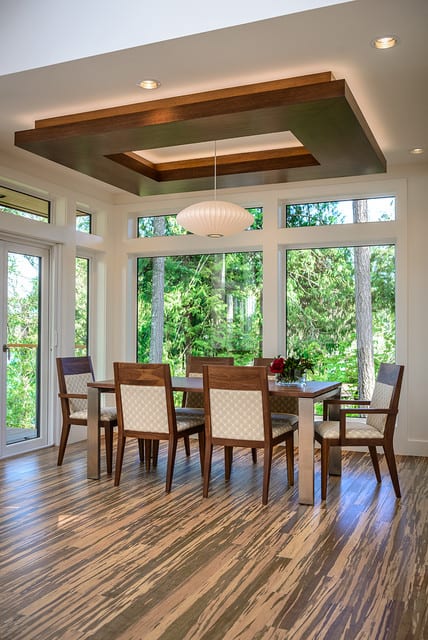
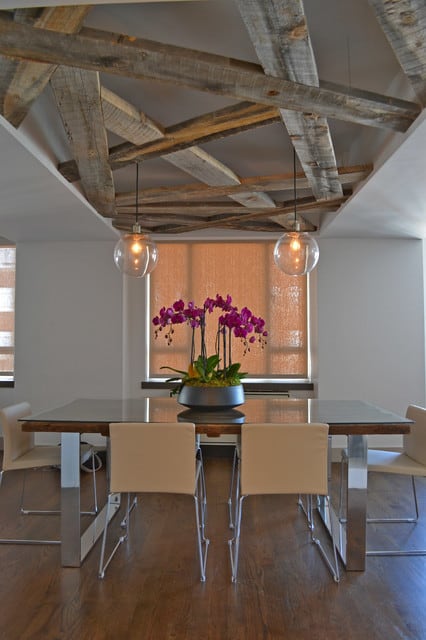

Photography by Pavel Babienko
False ceilings have no limits in terms of design, while their practical-pragmatic component is rather simple and rigid, design-wise one could realize absolutely anything. How do you see the settings above? We would love to hear from you in the comment section below.
